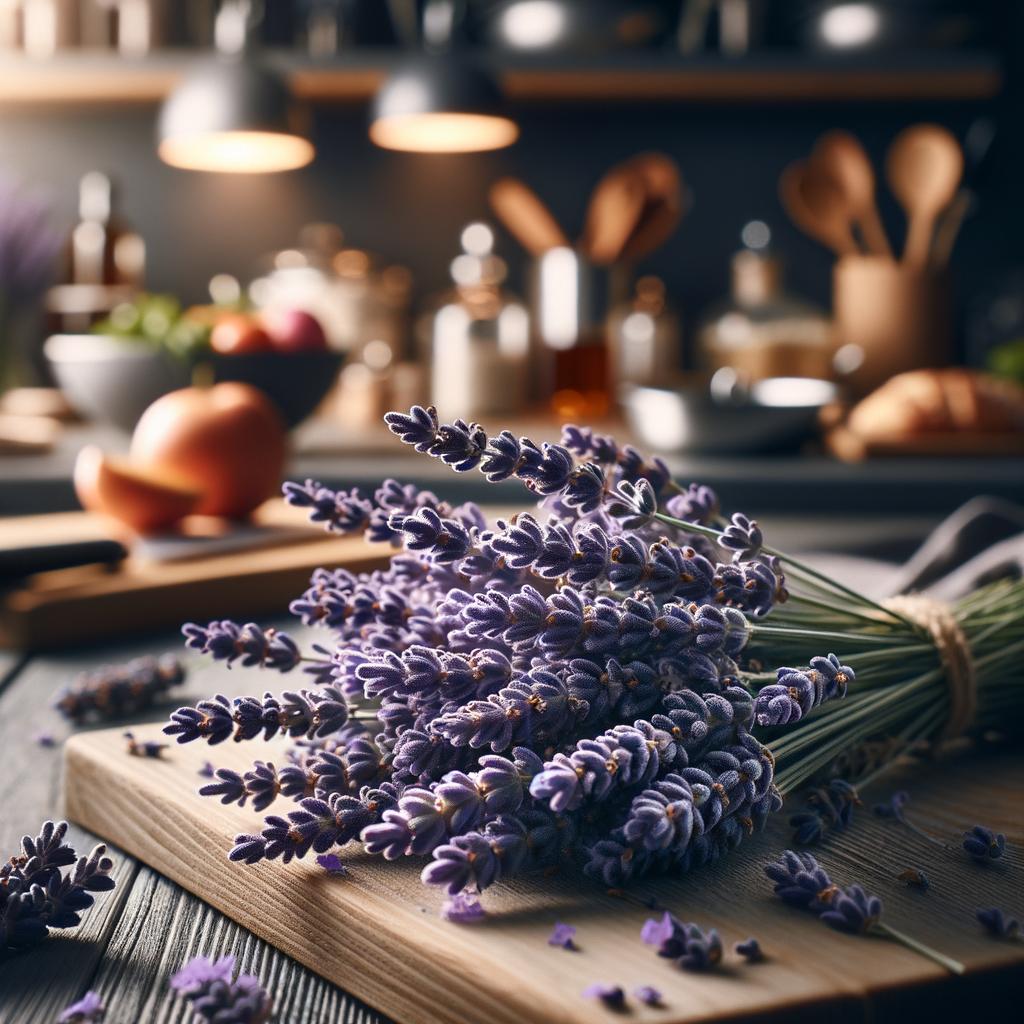Fresh Lavender Sprigs

Description
Our ingredient of interest today is the enchanting fresh lavender sprigs, a perennial favorite in the world of culinary and beyond. Lavender sprigs are a sight to behold, with their slender, green stems topped with clusters of small, vibrant purple flowers. When touched, they release a delightful, calming fragrance that is both floral and slightly sweet, with subtle minty undertones. The flavor profile of lavender is unique, carrying the same floral notes found in its aroma, but also a slight bitterness that can be surprisingly refreshing. What sets lavender apart from other herbs is its incredible versatility and its power to transform dishes with just a small amount.
Primary Uses
Lavender sprigs are commonly used in a variety of culinary applications. They are often infused in syrups for cocktails or desserts, steeped in teas, or used as a garnish to add a pop of color and a hint of flavor. In the world of cuisine, lavender is a key component in the famous Herbs de Provence blend, used extensively in French cooking. Beyond its culinary uses, lavender is also known for its therapeutic properties, often used in essential oils for aromatherapy, and in skincare products for its soothing effects.
History
Lavender has a rich and romantic history that dates back over 2,500 years. Originating from the Mediterranean, Middle East, and India, its first recorded use was by the Egyptians as a perfume and for mummification. The Romans also used lavender for bathing, cooking, and scenting the air. There's an enduring myth that lavender derives its name from the Latin 'lavare' meaning 'to wash', due to its inclusion in bathing rituals. Over the centuries, the use of lavender has evolved and expanded across the globe, with its popularity showing no signs of waning.
Nutritional Information
While you may not consume lavender in large quantities, it does pack a nutritional punch. Lavender is rich in calcium and vitamin A, and also provides a small amount of iron. Its essential oils have been found to have antiseptic and anti-inflammatory properties. While it's not a direct substitute for other herbs due to its unique flavor, compared to herbs like rosemary or thyme, lavender holds its own with its array of nutrients and health benefits. Consumed in moderation, lavender can be a beautiful, aromatic addition to your culinary repertoire.

